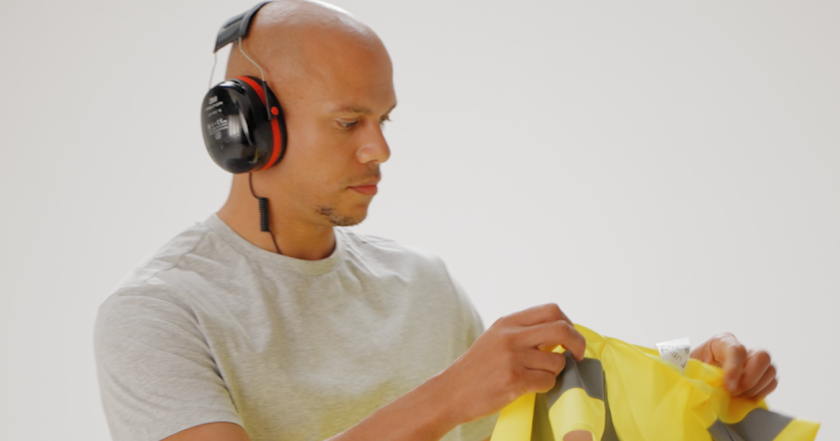
Tinnitus can range from a mildly annoying condition to a severe condition that inhibits a patient's quality of life considerably. Incurable, it's not something we can simply prescribe a pill to treat. But technology is helping make this condition much more manageable. Let's look at how.
Tinnitus is a condition that presents with ringing, whooshing or buzzing sounds in the ears. Sometimes it is mild and temporary. Other times it is severe, constant and incredibly limiting to one's quality of life. According to recent statistics from Bodytrak, over half the population has experienced symptoms associated with tinnitus at some stage in their life. Around 1 in 10 Americans has a formal diagnosis of tinnitus.
So by no means is this a rare condition. But, with no "cure" we're simply having to turn to technology and talking therapies to help those suffering with severe symptoms to manage their condition.
In this article we're looking at the tech that is helping patients to handle their tinnitus.
Masking Devices
There is a whole range of devices designed to mask the sounds caused by tinnitus. It can be as simple as white noise played on a speaker on a bedside table or as hi tech as some of the instant fit buds (that would cost over $1,000) that allow you to play any music while simultaneously playing masking sounds like white noise over it.
The technology is, as you'd expect from the name, designed to mask the sounds caused by the patient's condition and help them to focus instead on sounds they want to hear.
Tinnitus Retraining Devices
Tinnitus retraining devices (TRTDs) use music and sound therapy to help your brain relearn how to perceive the ringing in your ears. By gradually introducing different frequencies and sounds, TRTDs can help your brain to desensitize to the tinnitus and make it less noticeable.
Imagine your tinnitus as a stubborn roommate who's constantly making noise. TRTDs are like a pair of noise-canceling headphones that can help you to tune out your roommate's racket. Over time, your brain will learn to ignore the tinnitus altogether, and it will no longer be as bothersome.
TRTDs are typically worn for several hours each day for a period of months or even years. The length of treatment will vary depending on the individual's response. In addition to using a TRTD, many people also participate in counseling sessions to help them cope with the emotional and psychological effects of tinnitus.
TRTDs can be a very effective way to manage tinnitus symptoms, but it's important to note that they are not a cure. Once you stop using a TRTD, the tinnitus may return. However, many people find that they can gradually reduce the amount of time they need to use a TRTD as their brain becomes more desensitized to the tinnitus induced sounds.
Notched Music Devices
Notched music devices work by playing music that has been processed to remove a specific frequency range. This frequency range is typically centered around the person's tinnitus frequency, which is the frequency of the ringing or buzzing sound that they hear. So it starts with identifying that frequency first.
By removing this frequency range, the notched music device helps to reduce the perceived loudness of the tinnitus. It also helps to habituate the brain to the tinnitus sound, making it less noticeable over time.
Notched music devices can be used in conjunction with other tinnitus treatments, such as cognitive-behavioral therapy (CBT) and hearing aids. However, they can also be used as a stand-alone treatment.
Other Treatments
Other treatments include hearing aids and even cochlear implants (though in some cases it is thought that could make things worse). More recently, some tinnitus patients have been undergoing treatment in virtual worlds designed to help them retrain themselves not to hear the sounds in their ears associated with tinnitus.
One thing is for sure. This is a condition that, rather than curing with medication, it looks likelier that we'll be helping people to manage through technology.